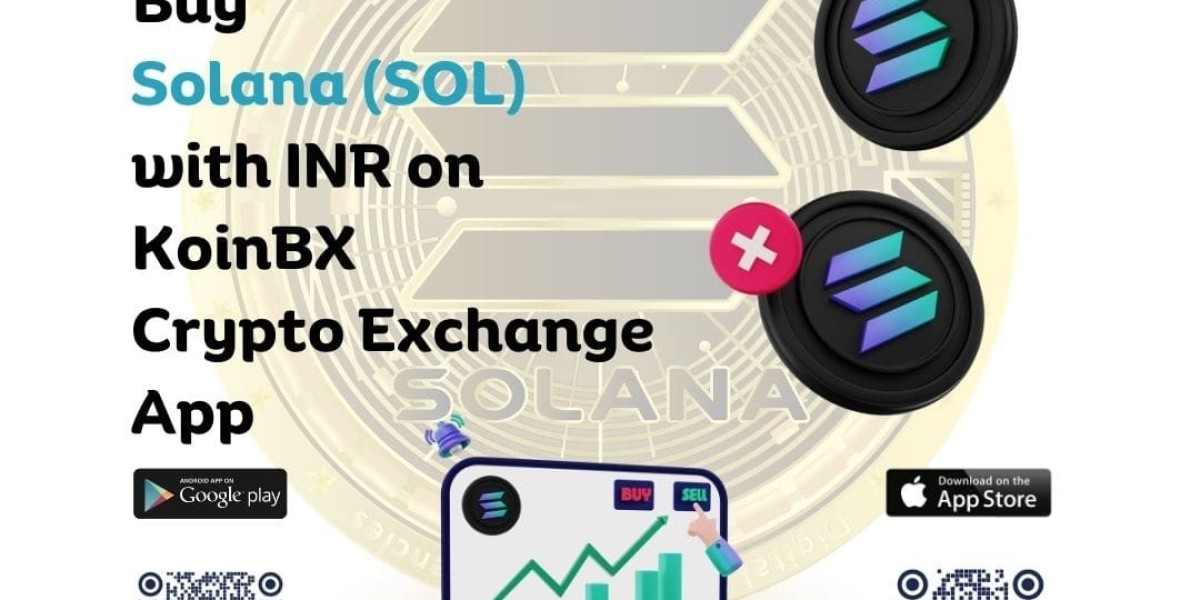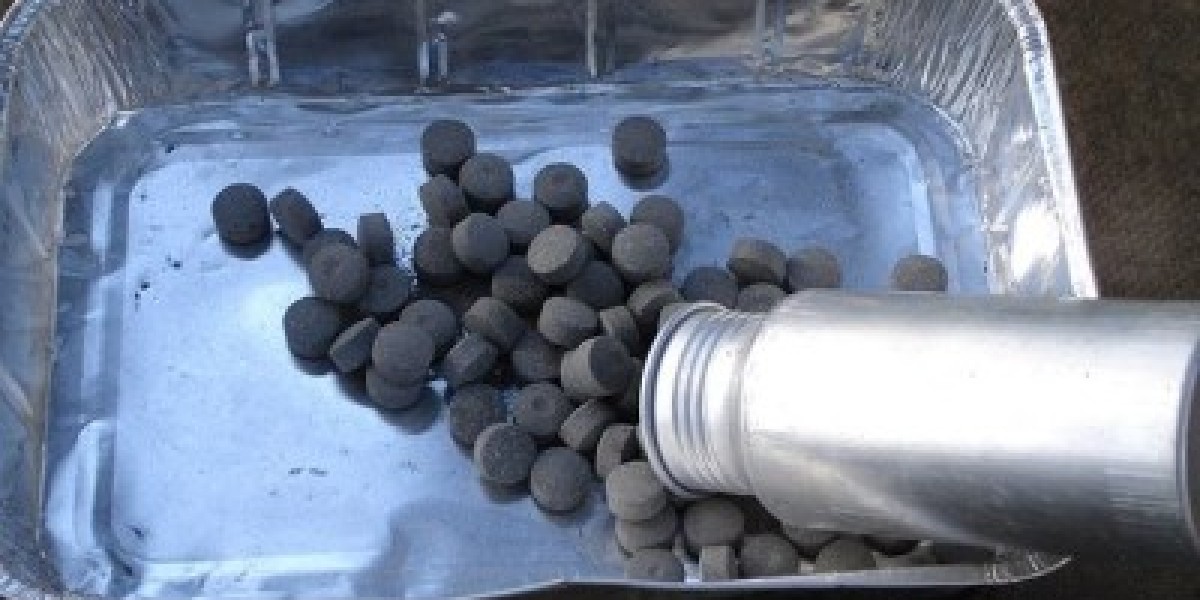This write-up explains what is Solana and how to buy Solana (SOL) with INR (SOL/NR) on KoinBX crypto exchange App (Android & iOS).
Solana (SOL) is a crypto that was developed to be similar and superior to Ethereum. Anatoly Yakovenko, a software developer, created Solana, which is named after a small Southern California coastal community. Developers may utilise the Solana blockchain to construct decentralised apps since it supports smart contracts.
Solana was established in 2017 as an open-source project. Now it was presided over by Geneva-based Solana Foundation. San Francisco-based Solana Labs developed the blockchain.
Solana is quicker in terms of transaction processing capacity and offers significantly lower transaction costs than other blockchains such as Ethereum.
Solana blockchain follows a proof-of-history (PoH) consensus algorithm, which employs hashed timestamps to validate when transactions occur.
Proof of History Mechanism (POH):
An innovative consensus technique called Proof of History (PoH) was created by Anatoly Yakovenko, the founder of Solana Labs. The idea behind PoH is that in a Blockchain network, the order of events is just as significant as the events themselves, and the capacity to demonstrate the order of occurrences is crucial for preserving the network's integrity. To achieve this, PoH creates a timestamp for each block in the Blockchain using a cryptographic Verifiable Delay Function (VDF).
The VDF is delay-hard and memory-hard, making it difficult for attackers to modify timestamps. The VDF timestamp is then included into each block of the Blockchain, giving a verifiable and immutable record of the order in which transactions happened. PoH enables quick finality, which means that once a block is put to the Blockchain, it is deemed final and cannot be reversed.
The PoH technique is largely employed in the Solana Blockchain network, which is meant to be extremely scalable and capable of handling thousands of transactions per second. PoH can increase the efficiency and speed of the Solana network while also maintaining a safe and verifiable record of transactions by lowering the amount of storage and bandwidth necessary to maintain the Blockchain.
How Solana (SOL) works:
To accomplish this unreal level of speed and scalability, Solana uses a combination of proof of stake (PoS) and proof of History (PoH) mechanisms to validate data. PoH timestamps each block as it is formed, enhancing block efficiency by letting it to validate transactions more quickly.
Other blockchain networks, like Bitcoin, have trouble determining the precise moment a block was formed. This leads to temporary delays in the processing of the transactions because of the sequence in which they are presented.
A verified delay function (VDF), used by Solana, adds an input to each record using the secure hashing method 256 (SHA256). Simply said, the majority of blockchain networks follow the SHA256 standard to keep data encrypted and safe.
Therefore, PoH adds a timestamp—an input that is recognised by everyone using the Solana network—to this SHA256 record. The end result is a network where every member is completely on the same page.
The uniqueness of SOL:
Solana combines a number of innovations and characteristics. The SOL ecosystem encompasses every element of a blockchain-based decentralised network, from Defi to smart contracts.
Important attributes:
Proof of Work
Another element that makes the Solana blockchain more attractive and a blockchain of preference for developers is the proof of history consensus method.
The Solana blockchain's proof of history is one of the key elements that makes transactions quick. It is a unique computational sequence that not only logs transaction times but also helps users schedule their time and register transactions by time.
Tower Byzantine Fault Tolerance (BFT) Algorithm
The BFT system serves as a safety net for the Solana ecosystem, guaranteeing that the operation of the system as a whole is not affected by the failure of a single node. This strategy enables the nodes to function even after several failures.
Turbine
The turbine is a block propagation system that broadcasts transaction fragments to all network nodes using User Datagram Protocol (UDP), allowing for low-latency and loss-tolerant connections between programmes on the internet.
Cluster
Clusters are groupings of validators who work together to ensure the ledger's integrity by processing client transactions. Each cluster is made up of computers that are all individually owned. Clusters, on the other hand, may coexist, and if two clusters share a similar genesis block, they can converge.
Gulf Stream
Gulfstream is a method that removes the need for "meme pool requirements." Meme pool may be thought of as a holding space for all unprocessed transactions. Solana's network is capable of supporting a memory pool with a capacity of 1,000 transactions.
Sea-level
Numerous smart contracts may run simultaneously because to Solana. These time reductions result in Solana being a more cost-effective blockchain network. "Sea level" technology is what enables Solana to run several smart contracts at once.
Cloud Break
By using a horizontal scaling strategy, Solana can increase its capacity for growth. A database that can read and write transaction input is created by Cloud break. The task of creating a connection between hardware and software falls to Cloud break.
Pipeline
To ensure fast transaction processing, the bulk of jobs in Solana's ecosystem are split. Solana is in charge of distributing the input data to the different network hardware components. Pipelining is a process in which numerous pieces of hardware validate the information blocks in real-time.
How to Buy, Sell and Trade Solana (SOL) with INR on KoinBX Crypto Exchange App?
How to Buy SOL with INR?
Follow the below steps to buy SOL,
1.Download KoinBX Android App or KoinBX iOS App
2. Signup on the App.
3. Fill in the required details to create an account.
4. Complete your KYC verification process.
5. Add your bank account.
6. Deposit Fiat to your KoinBX account.
7. Click the Buy option to buy SOL with INR.
How to Sell SOL?
Follow the below steps to sell SOL,
1. Download KoinBX Android App or KoinBX iOS App
2. Signup on the App.
3. Complete your KYC verification process.
4. Add SOL to your KoinBX account.
5. Click the Sell option to find a buyer for SOL.
Once a buyer for SOL is found, you can start selling SOL with Indian rupees (INR).
How to Trade SOL?
Click SOL/INR pair to trade SOL with INR
Start trading SOL anywhere and anytime with a great trading experience with KoinBX Android App or KoinBX iOS App.








